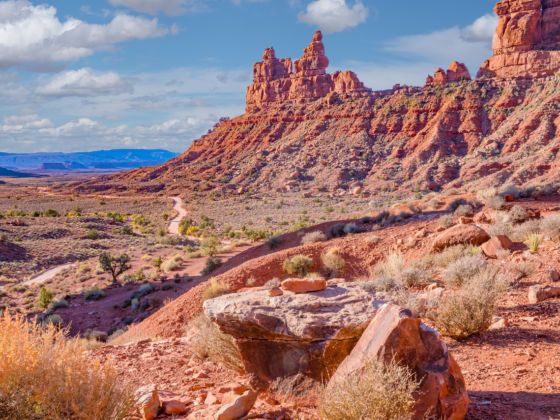This is The Climate Win, the most positive sustainability news around the world every week.
If you read a lot of environmental news, the term “tipping point” likely doesn’t calm your mind. In climate science, “tipping points” typically refer to the earth being on the brink of disaster, such as a mass extinction or rising sea levels. But let’s shift the tipping point paradigm in our favor.
